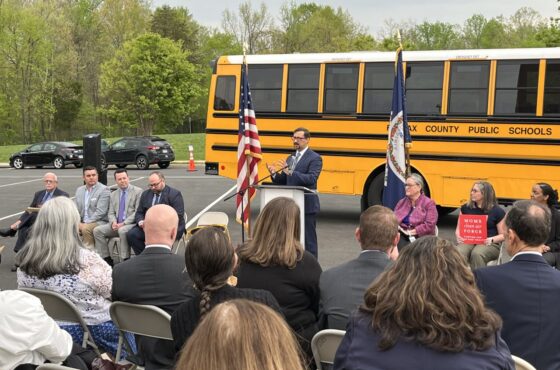CA Moves to Electrify Cars, Trucks, Buses & Other Stuff
Published by the Natural Resources Defense Fund

Proterra Electric Bus
The California Public Utilities Commission has unanimously approved 15 utility pilot programs with a collective budget of $43 million to “accelerate widespread transportation electrification,” as required by a landmark clean energy bill adopted in 2015.
And more will follow. The commission is still considering an additional $1 billion in larger utility programs to electrify passenger vehicles, and larger medium and heavy-duty trucks, buses, forklifts, etc. A decision on those full-scale programs is expected in May after an exhaustive regulatory review process.
 Chevrolet Volt
Chevrolet VoltThese pilot programs approved today will generally be implemented in disadvantaged communities that have historically been exposed to dangerous levels of air pollution, largely from the gasoline and diesel vehicles these pilots would send to the junkyard.
Per today’s decision, California’s largest investor-owned utilities will launch innovative pilot programs that address a broad swath of the transportation sector, which is collectively the largest source of pollution in the state.
Pacific Gas & Electric will:
- Deploy electrical infrastructure to support up to five electric school buses and will help the participating school district manage charging to integrate solar and wind generation;
- Partner with a transit agency to electrify buses by installing charging stations, providing technical assistance (and potentially energy storage) to manage charging, and producing a “how to” handbook for other transit agencies;
- Provide residential customers with information online to help them choose and safely install charging stations; and
- Electrify refrigeration units and other auxiliary power units of agricultural and long-haul trucks in the San Joaquin Valley.
Southern California Edison will:
- Provide rebates to approximately 5,000 customers to safely install charging stations at their homes, contingent upon enrollment in a time-of-use electricity rate;
- Electrify nine rubber-tire gantry cranes and install electrical infrastructure to support 24 charging ports for yard tractors at the Port of Long Beach;
- Deploy up to five dual-port DC Fast Charging stations at five sites in urban areas (50 charging ports in total); and
- Provide “make-ready” electrical infrastructure and rebates for the purchase and installation of approximately 20 charging ports for electric transit buses.
San Diego Gas & Electric will:
- Deploy two DC Fast Charging stations and 20 Level 2 charging stations at four different “Park-n-Ride” lots (totaling 88 charging stations), which will both enable inter-city trips for those travelling along the freeways and allow commuters to leave their cars to charge while they use another form of transportation;
- Install charging stations to support approximately 90 electric parcel delivery trucks, starting with a UPS facility, that will be served on a dynamic rate that will encourage the fleet to manage its charging in a way that facilitates the integration of wind and solar resources;
- Electrify baggage tractors and other types of ground support vehicles and equipment at the San Diego International Airport;
- Provide 30-40 charging stations for forklifts and other vehicles at the Port of San Diego and conduct research to inform future, scaled up programs that could help integrate solar and wind generation;
- Deploy five DC Fast Charging stations and ten Level 2 charging stations at five sites to help electrify shuttle buses, taxis, and Lyft and Uber vehicles; and
- Provide education and incentives to car dealers who sell EVs to customers who sign-up for a time-variant EV rate.
The approval of these programs reflects the support of a broad and diverse group of stakeholders who participated in the Commission’s public process to review the pilot proposals.
 BYD Electric Truck
BYD Electric TruckThe Commission has led an even more extensive regulatory process to weigh the merits of the $1 billion in full-scale programs that are still pending. Per state law, the Commission must determine those programs are in the interest of utility customers because they would provide benefits in the form of safer, more reliable, or less costly service. That includes service that is safer, more reliable, or less costly because widespread transportation electrification can spread fixed utility system costs over more electric sales, putting downward pressure on electricity rates, and because it can lower the costs of integrating wind and solar generation. It also includes benefits in the form of greater energy efficiency, improved air quality, lower emissions of greenhouse gases, reduced dependence on oil, and increased job creation, including in disadvantaged communities.
Read the full article at: https://www.nrdc.org/experts/max-baumhefner/15-pilots-electrify-cars-trucks-buses-other-stuff





